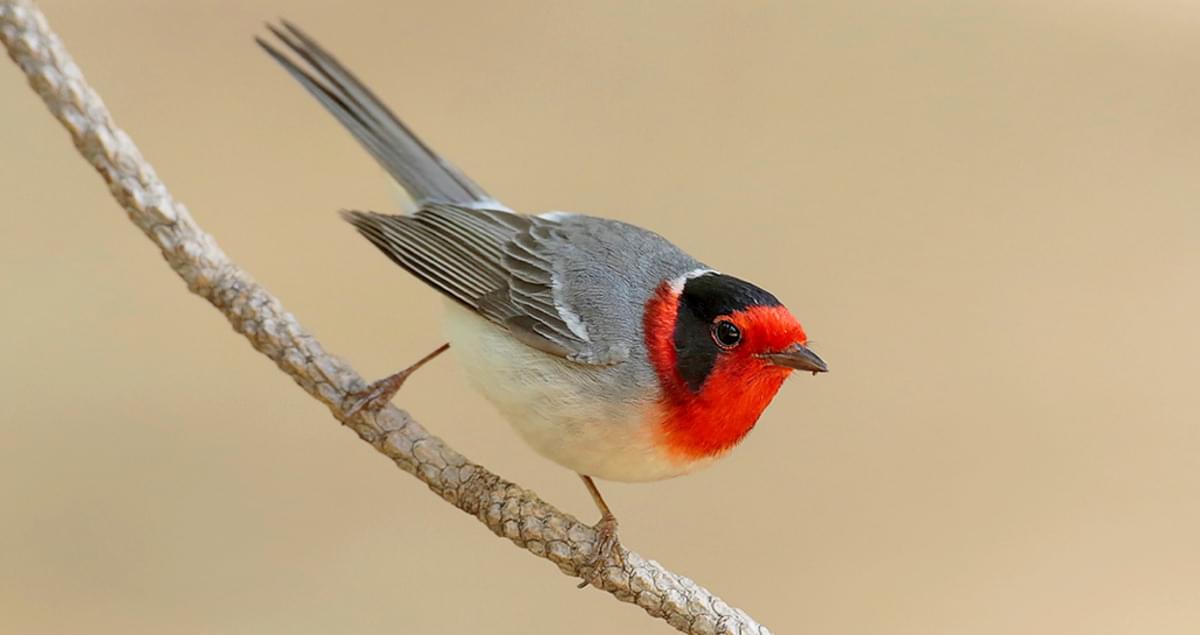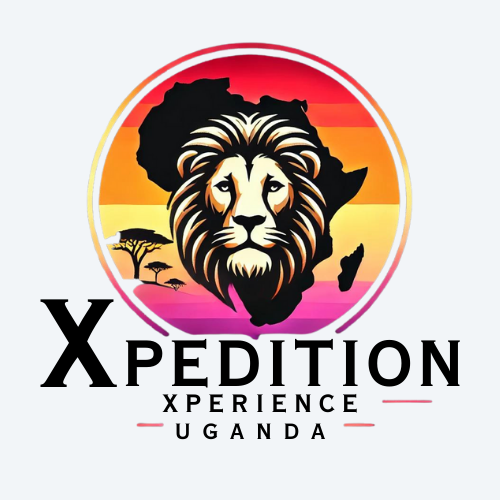The smallest protected area in Uganda is Mgahinga Gorilla National Park, which is situated in the southwest of the Kisoro district and borders the Virunga National Park in the Democratic Republic of the Congo and Volcanoes National Park in Rwanda. The 33.7 square kilometer national park was established in 1991 primarily to safeguard the critically endangered mountain gorilla population. Other primates found in the Mgahinga Gorilla National Park include dwarf galago, black and white colobus monkeys, red-tailed monkeys, grey-cheeked mangabey, hoest monkeys, blue monkeys, olive baboons, and chimpanzees. Other animal species include bush pigs, porcupines from South Africa, buffaloes, forest elephants, bushbucks, and golden cats. Black kites, double-collared sunbirds, speckled mouse birds, crowned hornbills, handsome spurfowls, and Rwenzori turacos, among others.
Top things to do in Mgahinga gorilla national park
Gorilla trekking.
Aside from Bwindi Impenetrable Forest National Park, another gorilla hotspot in Uganda is Mgahinga Gorilla National Park. The main safari activity offered in the park is gorilla trekking, which enables people to explore the deep tropical rainforests in search of habituated gorilla families and, if successful, spend an hour in the natural habitat with them. Two habituated gorilla families can be found in Mgahinga Gorilla National Park: the Hirwa gorilla family, which moved from Volcanoes National Park in Rwanda, and the Nyakagezi gorilla family, which was the first to become habituated in the park.
At the park headquarters, a briefing regarding the laws, regulations, and expectations precedes gorilla trekking in the morning. After the briefing, you will be divided into groups of eight and assigned to a gorilla family to hike with. Trekking of the mountain gorillas in Mgahinga gorilla national park begins at around 8:00am with a park guide who is well familiar with the trails in the forest and the mountain gorillas.
During trekking you will correspond to different paths in the forest where you will be capable to view other primates like the monkeys, bird species and trekking takes about 30 minutes to 6 hours depending on the location of the gorillas. After the gorillas are located, you will get the opportunity to spend an hour in their natural environment learning about their routines and behaviours while also capturing moments on camera. A valid gorilla trekking permit, which costs UGX 300,000 per person for East African citizens, 800 USD per person for foreign non-residents, and 700 USD per person for foreign residents, is necessary for anyone interested in seeing the critically endangered mountain gorillas.
Golden monkey trekking.
The sole location in Uganda where one may see golden monkeys is the Mgahinga Gorilla National Park, which is home to between 2500 and 3500 of the species in the Virunga protected region. After trekking the gorillas, golden monkey trekking is the second most popular activity in the park. A briefing at Ntebeko Park Headquarters precedes the morning trek with the golden monkeys in the park. After the briefing, you will be divided into six groups and given a guide who is familiar with the terrain to follow on the golden monkey trek. Because the golden monkeys reside in lower altitudes, hiking is not difficult, and golden monkey trekking begins at approximately 8:00 am.
Trekking of the golden monkeys takes about 30 minutes to 3 hours based on their location because they like to travel from one area to another in search of food. When the golden monkeys are located, you will spend one hour with them in their natural environment taking photos, recording videos to show people back home and learning about their lifestyle, habits, behaviors, watching them jumping from one tree to another among others.
Bird watching.
Among the best destinations in Uganda to go birding is Mgahinga Gorilla National Park, which is home to over 180 different bird species, including endemic species from the Albertine Rift, migratory birds, and forest birds. The park has several locations for birdwatching, including the bamboo forest, Rugezi wetland, Sabyinyo gorge, and Montane forest. Fans of the Mgahinga Gorilla National Park should keep an eye out for the following bird species: black-headed woodland warbler, bronze sunbird, blue-headed sunbird, dusky turtle dove, brown-crowned Tchagra, Rwenzori batis, bronze sunbird, blue-headed sunbird, black-headed turtle dove, red-faced woodland warbler, bush shrike, cape robin chat, streaky seedeater, African paradise flycatcher, black kite, pin-tailed whydah, Archers Robi Chat, olive woodpecker, Rwenzori nightjar, alpine swift, African olive pigeon, scarlet-tufted malachite sunbird, and so on.

Mountain climbing.
One of the top 5 activities in the Mgahinga Gorilla National Park is mountain climbing. Three of the eight Virunga volcanoes are located within the national park. These include
Mount Muhabura, the mountain stands at an elevation of 4127 meters above the sea level and it’s the third highest peak in the Virunga volcanoes. The mountain’s name comes from a guide-related local term. About six to seven hours are needed to hike Mount Muhabura, which offers breathtaking views of the Rwenzori Mountains, Lake Edward and George in Queen Elizabeth National Park, and Bwindi Impenetrable National Park. Other notable animal sightings include buffaloes, elephants, bird species, and monkeys.
A peak known as Mount Sabinyo is located 3645 metres above sea level. The phrase “old man’s teeth” from the local language is where the mountain gets its name. Hiking Mount Sabinyo takes roughly eight hours, divided into four hours of ascending and four hours of lowering. Handmade ladders will help you traverse steep slopes. While hiking, you will pass through bamboo vegetation zones where you can see animals like buffaloes, bird species, and primates like golden monkeys. At the summit of the mountain, you will also be standing in three different countries: Rwanda, Uganda, and the Democratic Republic of the Congo.
Mount Gahinga is a mountain that is situated between Mount Muhabura and Mount Sabinyo, with an elevation of 3474 metres above sea level. The name Gahinga, which translates to “a pile of stones,” refers to Mount Gahinga, the lowest of the three summits. It takes roughly six hours to hike Mount Gahinga to the summit, where you’ll be rewarded with stunning views of neighboring volcanic mountain peaks and a sizable shallow crater swamp filled with unusual sub-alpine plants like lobelia.
Batwa trail experience.
One of the top things to do on your Uganda safari in the Mgahinga Gorilla National Park is to enjoy the Batwa Trail. The Mgahinga forest was initially inhabited by the Batwa before it was declared a national park in 1991. You will be led into the forest by Batwa guides during the Batwa trail experience, who will share details about their way of life in the past. You will have the chance to study the hunting and gathering techniques of the Batwa people, who were powerful warriors, hunters, and gatherers who relied on the forest for a variety of needs like food, shelter, and medicine. You will also see the revered Ngarama cave, which served as a hiding spot, food store, court, and residence for the last Batwa ruler. Additionally, you will be able to hear the dance songs and melancholic songs performed by the Batwa women.
When to visit Mgahinga gorilla national park.
Although you may visit the Mgahinga Gorilla National Park at any time of year, the ideal times to travel are from June to September and from December to February, which is the dry season. Because there is less rainfall in the forest during the dry season, many activities such as trekking with gorillas, seeing golden monkeys, climbing mountains, and experiencing the Batwa Trail will be successful because the forest trails will be dry and passable instead of muddy and slippery during the rainy season.

